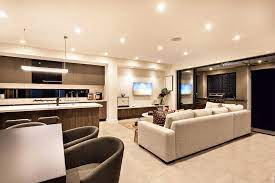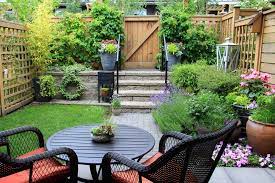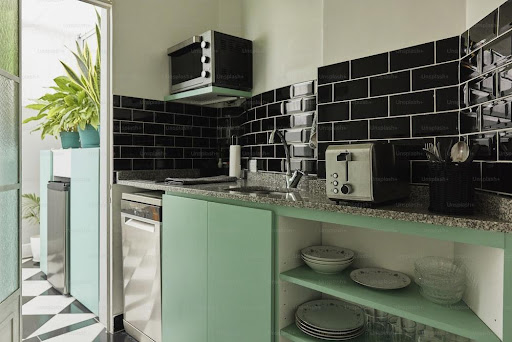In the era of smart homes, lighting has evolved beyond the simple flip of a switch. Smart lighting solutions offer homeowners unprecedented control, energy efficiency, and ambiance customization. In this comprehensive guide, we’ll explore the world of smart lighting and provide you with insights on integrating these solutions into your home.
1. Understanding Smart Lighting
Defining Smart Lighting:
Smart lighting refers to an intelligent lighting system that allows users to control and automate the lighting in their homes through a variety of devices such as smartphones, voice assistants, or dedicated control panels.
Types of Smart Bulbs:
- Smart LED Bulbs: Energy-efficient and controllable via apps or voice commands.
- Smart Light Strips: Flexible strips that can be placed anywhere for ambient lighting.
- Smart Plugs: Transform traditional bulbs into smart bulbs by connecting them to smart plugs.
2. Advantages of Smart Lighting
Energy Efficiency:
Smart lighting systems contribute to energy conservation by allowing users to schedule lights, adjust brightness, and monitor usage remotely.
Customization and Ambiance:
Personalize your home’s ambiance with a spectrum of colors, warmth levels, and brightness settings. Create different scenes for various activities.
Convenience and Control:
Control your lights from anywhere with a smartphone or voice commands. Set schedules, automate routines, and adjust settings with ease.
3. Choosing the Right Smart Lighting System
Compatibility:
Ensure that the chosen smart lighting system is compatible with your preferred smart home ecosystem, whether it’s Google Home, Amazon Alexa, or Apple HomeKit.
Wireless Protocols:
Consider the wireless protocols used by the smart lighting system. Common ones include Wi-Fi, Zigbee, and Z-Wave. Each has its advantages in terms of range and reliability.
Integration with Other Smart Devices:
Select smart lighting solutions that seamlessly integrate with other smart devices, enhancing the overall functionality of your connected home.
4. Popular Smart Lighting Brands and Products
Philips Hue:
Renowned for its wide range of smart bulbs, light strips, and lamps. The Philips Hue system is compatible with various smart home platforms.
LIFX:
Offers Wi-Fi-enabled smart bulbs with vibrant colors and high brightness. LIFX bulbs are known for their easy setup and integration.
Yeelight:
A budget-friendly option with an extensive product line, including smart bulbs, light strips, and ceiling lights. Yeelight works well with voice assistants.
5. Setting Up Your Smart Lighting System
Installing Smart Bulbs:
Replace traditional bulbs with smart ones, following the manufacturer’s instructions. Most involve a straightforward screw-in process.
Connecting to a Hub or App:
Some smart lighting systems may require a hub, while others connect directly to your Wi-Fi network. Follow the setup instructions provided by the manufacturer.
Naming and Grouping:
Assign unique names to each smart light and create groups for easier control. For example, group lights in the living room for simultaneous adjustments.
6. Automation and Smart Lighting Scenes
Creating Scenes:
Set up scenes for different occasions, such as “Movie Night” or “Dinner Party.” Scenes adjust multiple lights to predefined settings with a single command.
Scheduling:
Automate your lighting based on schedules. Set lights to turn on gradually in the morning or automatically dim in the evening.
7. Voice Control and Smart Lighting
Integration with Voice Assistants:
Connect your smart lighting system to popular voice assistants like Amazon Alexa or Google Assistant. This allows for hands-free control of your lights.
Voice Commands:
Use simple voice commands to control individual lights or entire groups. For example, “Hey Google, turn off the bedroom lights.”
8. Troubleshooting and Maintenance
Updating Firmware:
Regularly check for firmware updates to ensure optimal performance and security.
Network Connectivity:
Troubleshoot connectivity issues by ensuring that smart lights are within range of the Wi-Fi network.
9. Expanding Your Smart Lighting Setup
Adding More Devices:
Gradually expand your smart lighting system by adding more bulbs or fixtures. Ensure compatibility with your existing setup.
Exploring Smart Switches and Controls:
Consider smart switches and controls for rooms without smart bulbs, providing a cohesive lighting experience throughout your home.
10. Future Trends in Smart Lighting
Li-Fi Technology:
Emerging Li-Fi technology uses light waves for communication, potentially revolutionizing smart lighting capabilities.
Enhanced Integration with Wearables:
Expect deeper integration with wearable devices, allowing for personalized lighting experiences based on user preferences and biometric data.
Conclusion
Smart lighting solutions bring innovation and practicality to modern homes. By understanding the options, choosing the right system, and implementing smart practices, you can create a connected lighting environment that enhances your lifestyle. Embrace the future of home lighting, where control, efficiency, and ambiance are at your fingertips.



